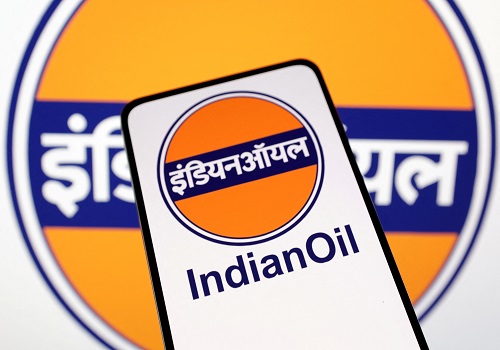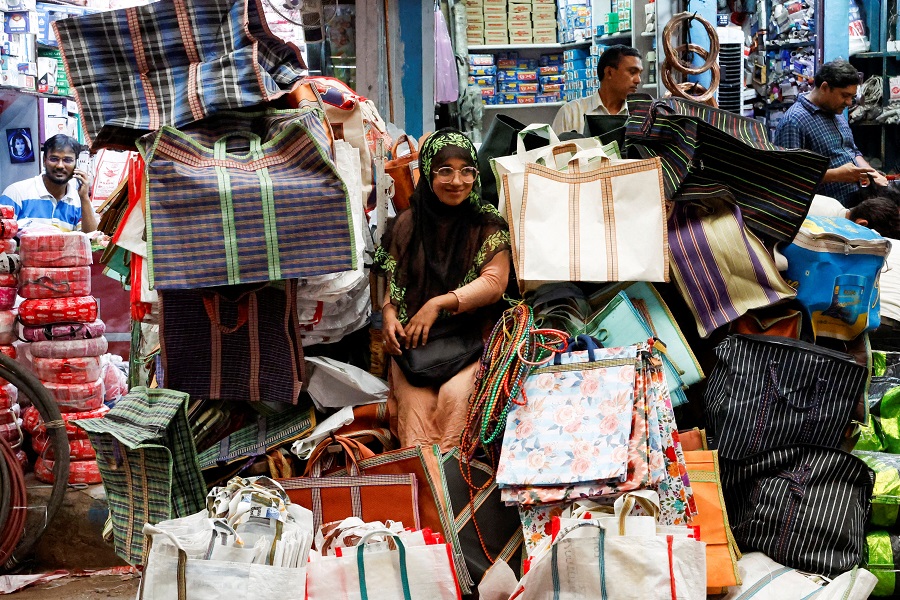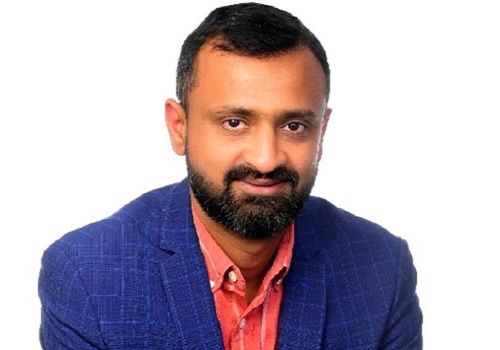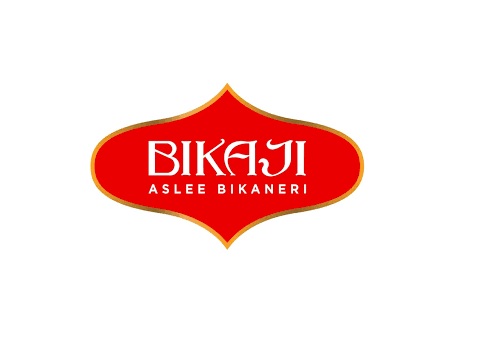Utilities Sector Update : IEA insights on renewables JM Financial Institutional Securities

Follow us Now on Telegram ! Get daily 10 - 12 important updates on Business, Finance and Investment. Join our Telegram Channel
The IEA recently released a report on the global renewal energy market. The key takeaways from it include: The world over, capacity build-up in the renewable (RE) technology manufacturing value chain is still strong; this bodes well for cost advantages and generation capacity additions; The dominance of China in the supply chain is likely to continue, particularly in polysilicon manufacturing; and Investments in wind power and transmission grid are poised for a major traction, to address variability and increasing curtailment of RE generation.
* RE capacity additions to gather momentum: Global renewable capacity additions are set to soar by 107GW, the largest absolute increase ever, to more than 440GW in 2023 driven by expanding policy support, growing energy security concerns and improving competitiveness against fossil fuel alternatives. Within renewables, onshore wind capacity additions are on course to rebound by 70% in 2023 to 107GW, a record after 2 years of stress.
* China continues to dominate the RE supply chain: The manufacturing capacity in China increased by 40-50% for wafers, cells and modules; in polysilicon, it almost doubled in 2022 and is expected to further double by 2024. Given the large mismatches in the solar PV manufacturing value chain coming up across US, Europe and India, the new plants will need to import cells and other components from China.
* India to experience a real deployment boom beyond 2025: India’s renewable capacity additions are expected to incrementally increase again in 2023 and 2024 owing to faster onshore wind, hydropower and distributed solar PV deployment. The Indian market should experience a real deployment boom beyond 2025, with higher auction volume, domestic manufacturing capacities and lower prices.
* RE industry’s financial health is improving: The demand for solar PV cells/modules is not expected to grow as quickly as supply in the short term, leaving capacity utilisation of all manufacturing segments relatively low. Given protectionist trade policies, growing demand, falling commodity prices and proven resilience of the industry, the outlook for the financial health of the renewable energy industry is bright.
* RE cost trend remains uncertain: The average LCOE for utility-scale PV and wind could be 10-15% higher in 2024 than it was in 2020 due to the higher cost of capital, which can annul gains from softening commodity prices. Nevertheless, continued innovation is expected to reduce cost further, improving competitiveness even with existing fossil fuelfired plants.
* Global RE manufacturing capacity adequate to meet Net Zero demand in 2030: Global solar PV manufacturing capacity is expected to reach almost 1,000GW in 2024 from 450GW in 2022, adequate to meet the annual IEA Net Zero target of ~650GW in 2030 (w.r.t the IEA’s Net Zero by 2050 objective). However, wind equipment manufacturing continues to expand more slowly, such that it may not be able to keep pace with demand growth under the Net Zero scenario through 2030.
* Increasing shares of wind and solar PV generation calls for investment in the grid: As the penetration of variable renewable energy (VRE) increases, the share of curtailed RE generation is also on the rise in many markets, largely due to inadequate grid infrastructure. China's large-scale investment in grid infrastructure (USD 75bn on average per year since 2010) has significantly reduced VRE curtailment, decreasing it from 16% in 2012 to less than 3% last year.
To Read Complete Report & Disclaimer Click Here
Please refer disclaimer at https://www.jmfl.com/disclaimer
SEBI Registration Number is INM000010361
Above views are of the author and not of the website kindly read disclaimer










More News

Chemicals Sector Update : Chemical prices have started recovering By Yes Securities





 320-x-100_uti_gold.jpg" alt="Advertisement">
320-x-100_uti_gold.jpg" alt="Advertisement">








